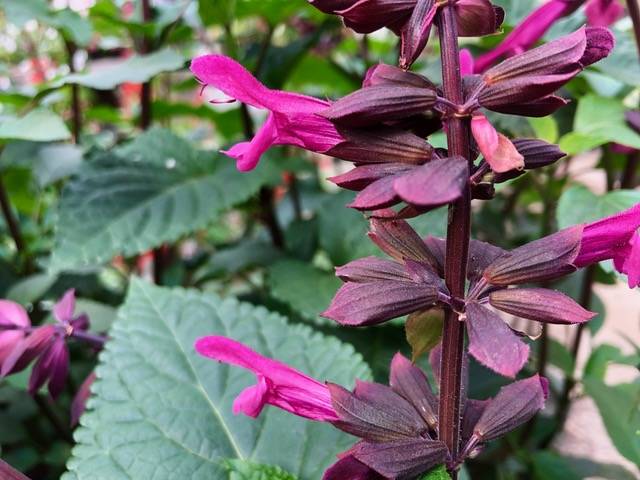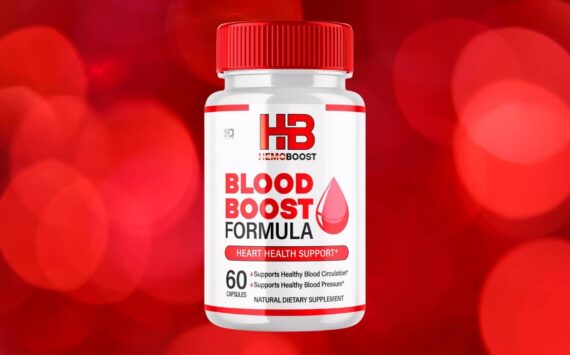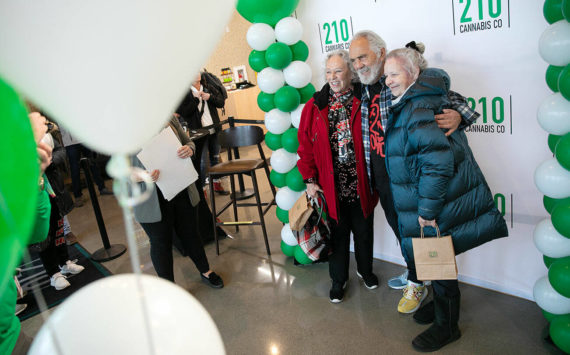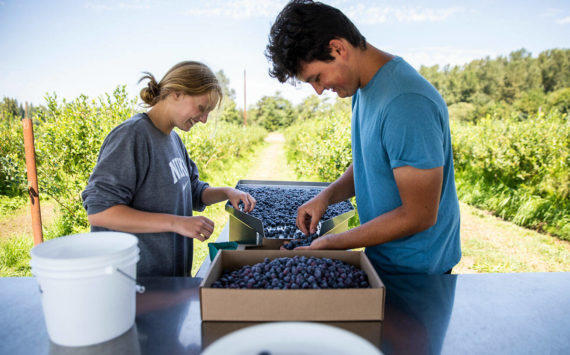When we think of gardening, May comes to mind. But June is when I really get to play in my yard; for all sorts of reasons, you should too.
First off, I find myself overflowing with energy due to the long days of sunlight. The other day I was out at 5 a.m. planting some summer color and was serenaded by the resident robin, chickadee and pair of ring-necked doves. I’m often asked: “Is it too late to plant?” My answer is always: “It’s never too late to plant… in the Northwest, we can plant all year long.” Whatever I plunge into the ground this month will give me 90 to 120 days of joy – assuming that I water and feed it. Unfortunately, you can’t say the same about seasonal color items planted in March. They might still be growing, but are most likely done blooming. Here are a couple of my favorite “June stuff” plants…
•Chocolate cosmos — These yummy-smelling flowers in the dahlia family have a smaller flower closer in size to cosmos. They are chocolate color, also in fragrance, and are a must in my summer border. They will form a tuber and in a mild winter will sometimes survive. They will form a loose mound of foliage (approximately 18-inches tall and as wide) with a constant supply of flowers all summer long. Plant this treat in full sun and pick a few for a tasty- smelling bouquet.
•Golden Delicious Pineapple Sage — It sports golden foliage that has a strong pineapple scent. While it can produce red flowers in late summer, I grow it for the foliage. This plant can reach up to 3-feet tall, so give it space.
•Salvia — This is a large genus (including the above sage) of both hardy perennials and tender ones that we treat as annuals. I prefer the tender ones only because they will bloom all summer. •“Amistad” has stunning purple flowers and “Rockin’ Fuchsia” has electric pink flowers. “Love and Wishes” has deep purple flowers, “Wendy’s Wish” is purple pink, “Ember’s Wish” is bright red, and the fourth new flavor in the series, “Kisses and Wishes,” has deep fuchsia-colored flowers. All have dark green, glossy foliage with a compact growth habit reaching around 30-inches tall. They will attract hummers and other pollinators and work well both in containers and in the ground, as long as they are in full sun. You can dig them up in the fall and hold them over in a cool garage.
Don’t put away your trowel, there must be a few bare spaces in your yard or an unused container that need to be filled – come September you will be glad you did.
Steve Smith is the owner of Sunnyside Nursery in Marysville and can be reached at info@sunnysidenursery.net.









